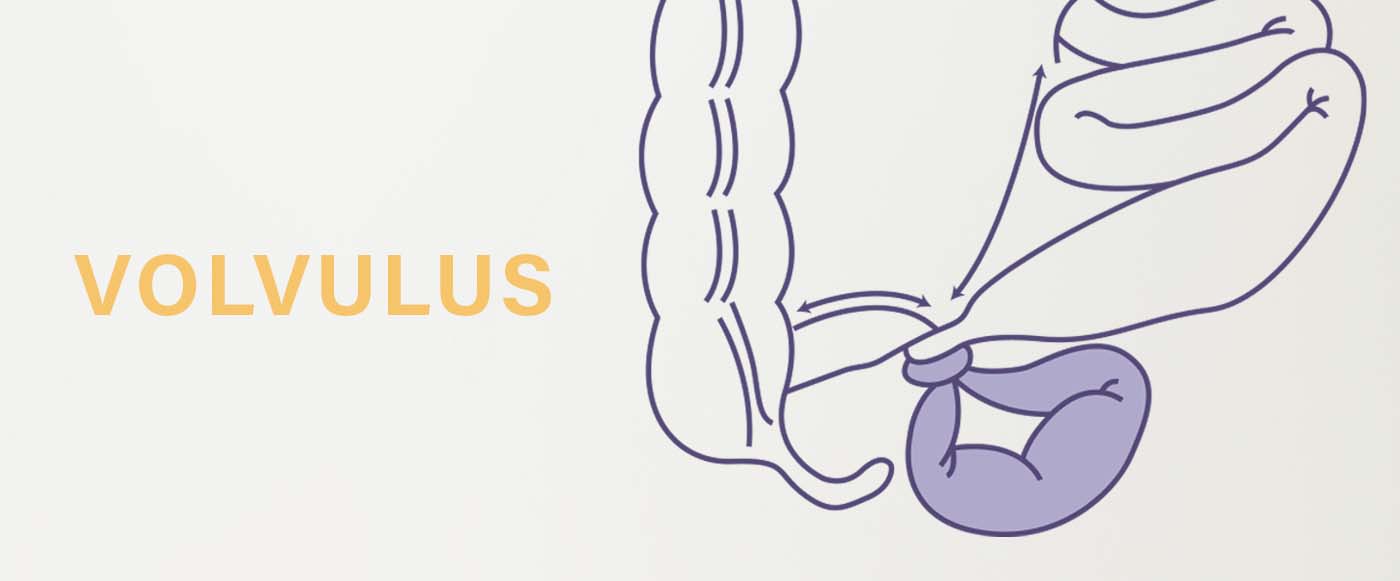Pediatric Short Bowel Syndrome (also called SBS or Short Gut Syndrome) generally develops shortly after birth due to an underlying gastrointestinal (GI) condition. The condition then can lead to intestinal surgery, in which part of the short bowel is removed.
SBS is a devastating condition where patients struggle to absorb life-sustaining nutrients from their diet due to the surgical removal of their intestine (or parts thereof).
What conditions can lead to pediatric Short Bowel Syndrome?
Necrotizing Enterocolitis (NEC)
The most common cause of intestinal resection in children, which then leads to Short Bowel Syndrome, is Necrotizing Enterocolitis (NEC). The Merck Manual characterizes NEC as an acquired disease, primarily of preterm or sick neonates, characterized by mucosal or even deeper intestinal necrosis.
Over 90% of cases of necrotizing enterocolitis (NEC) occur in premature infants. It generally occurs in the first 2 weeks after a child has been introduced to oral feedings.
Surgical intervention with NEC is needed in approximately less than 25% of infants. The surgery typically involves removing the infected section of intestine, taking the healthy ends out of the skin to drain (ostomy), and then reattaching the healthy ends once they are recovered.

Gastroschisis
The two main abdominal wall defects are omphalocele and gastroschisis.
Gastroschisis is slightly more common than omphalocele, and occurs in approximately 1 in 2,500 live births (the latter occurring in roughly 1 in 3,000 to 5,000 live births). In gastroschisis, there is an opening of the abdominal wall near the belly button (usually to the right). The intestines spill out of the opening.
Unlike omphalocele, the intestines are not covered by a thin sac which means they can be damaged by exposure to amniotic fluid. This causes inflammation and further complications to the digestive system. Babies with gastroschisis may experience colostomy, bowel resection, intestinal transplantation, or SBS due to part of the bowel not developing correctly. Depending on the severity of the defect, one or more surgeries will be recommended.
Volvulus
Volvulus occurs when a portion of the intestine loops around and folds over itself. This dangerous twisting of the intestines can cause a blockage and cut off blood flow. The damaged tissue may need to be removed via resection, depending on the severity of the case.

Hirschsprung’s Disease
The large intestine utilizes a network of nerves within its walls to control peristalsis, or the movement that muscles make in the bowel to move digested materials in the digestive tract. In Hirschsprung’s Disease, certain nerves are missing in a segment of the intestine. Due to the missing nerves, peristalsis does not occur and you are unable to have effective bowel movements. This causes a buildup of fecal matter and can sometimes lead to enterocolitis, which is inflammation of the large intestine.
Hirschsprung’s Disease is generally detected early, as babies pass meconium within the first 24-hours of life. Delayed passage can indicate the disease and is cause for further investigation. Surgery can be necessary to remove the affected segment of the intestine.
Intestinal Atresia
Intestinal atresia is a broad term used to describe a complete blockage or obstruction anywhere in the intestine, due to their intestine not forming completely in utero. While the intestine is supposed to act like an open tube, the intestines of children with intestinal atresia are closed in one or more places. The small bowel is the most commonly affected portion. There are four types of Intestinal Atresia: Pyloric, Duodenal, Jejunoileal, and Colonic.

What are the treatment options for Short Bowel Syndrome?
Today, there is no restorative treatment solution for SBS. By working with a multidisciplinary team of healthcare providers, you will work together to ensure the child receives the individualized care they need. A multidisciplinary healthcare team can include a gastroenterologist, general surgeon, nutrition specialists, neonatologists, and pain management specialists.




